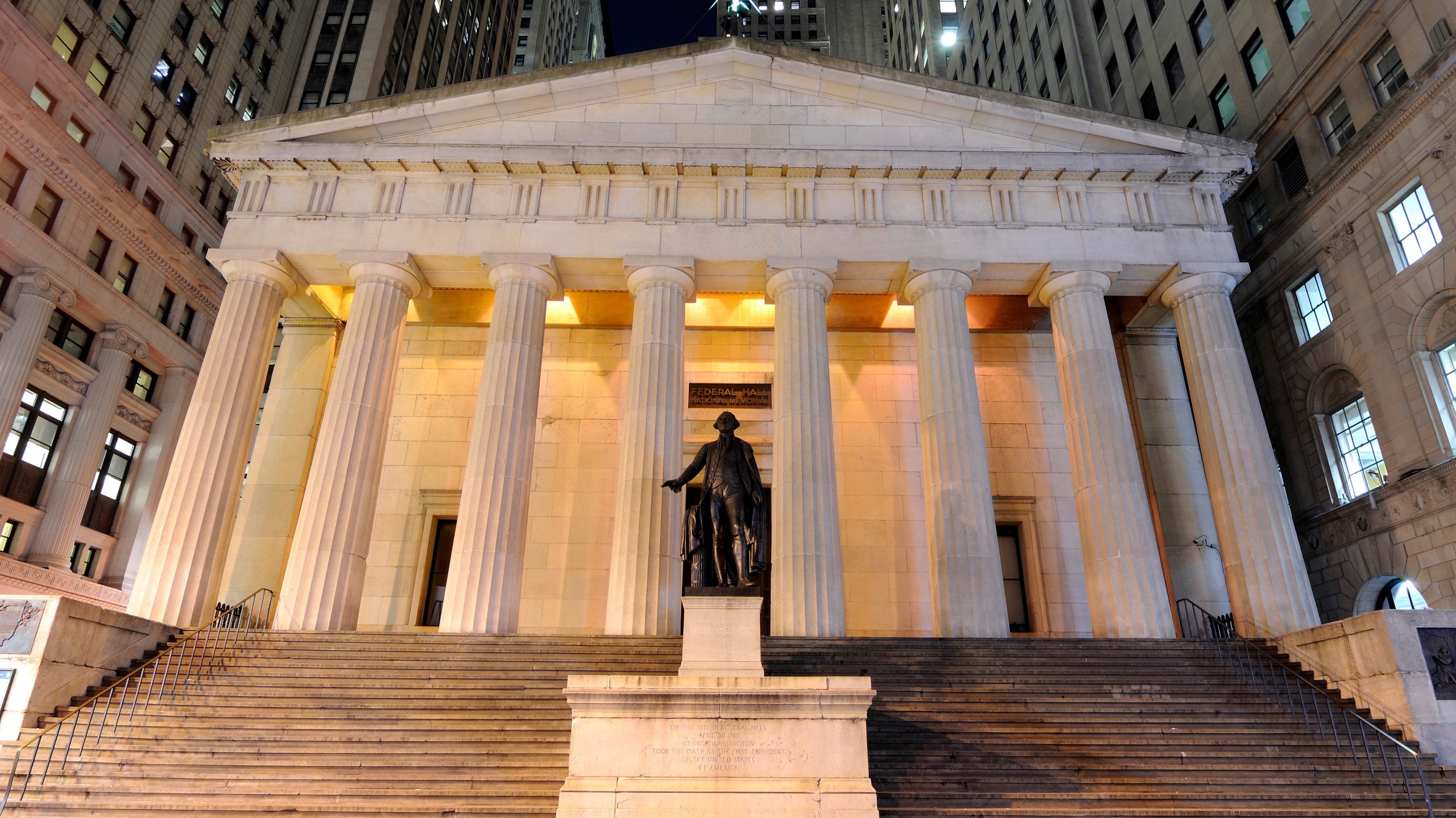Saturday, 27/12/2025 | 04:33 GMT+7
Edson Severnini, associate professor of economics and public policy at CMU’s Heinz College, who co-authored the study, said, “Energy use is just one of many attributes that are scored under the LEED program, If energy efficiency is the primary goal, LEED certification may not be the most effective means to reach that goal.”

The energy category is the most significant percentage, with more than 30%. Credit: GPSmyCity
The study found no effect on average energy use because many other parameters play a role when rating energy. The study, conducted by academics at Carnegie Mellon University (CMU), was released as a working paper with the National Bureau of Economic Research (NBER).
This research examined the impact of LEED certification on energy consumption in federally-owned buildings between 1990 and 2019.
The US government has prioritized energy efficiency in commercial buildings over privately owned ones over the past 20 years. In 2009, the American Recovery and Reinvestment Act and Executive Order 13514 aimed to promote green design in federal buildings. In 2010, the General Services Administration announced a $5.5 billion plan to improve energy performance, including retrofitting existing buildings and obtaining LEED certification.
Sensors in water-efficient bathrooms and water-efficient landscaping systems are two more things that might have influenced energy use. According to the researchers, these compromises across LEED criteria appeared to explain the lack of energy savings.

The energy score in LEED certification is based on elements like high-efficiency heating, ventilation, air conditioning, and the usage of green electricity; the water score is based on features like water-saving faucets and high-efficiency irrigation technologies.
Karen Clay, professor of economics and public policy at CMU’s Heinz College, who led the study, said, “Our findings have significant policy implications. Even though the USGBC is revising the LEED scoreboard to emphasize energy usage, the inherent tradeoffs will likely remain. As the Biden Administration looks at how best to invest in energy efficiency, they should design policies that provide the intended incentives.”
The study concluded that LEED certification did not influence average energy use in federal buildings. According to the authors, this is because, while energy usage is significantly weighted in LEED grading, it is just one of six criteria examined. After retrofitting, buildings with higher energy ratings had reduced energy usage and increased energy efficiency; however, other characteristics, such as greater water ratings, reduced energy efficiency following retrofitting.
According to Techexplorist








 Webinar 2: “Financial Support for Energy Efficiency Enterprises – Opportunities and Challenges”
Webinar 2: “Financial Support for Energy Efficiency Enterprises – Opportunities and Challenges”
 Vietnamese enterprises achieve green growth and cut costs through energy efficiency
Vietnamese enterprises achieve green growth and cut costs through energy efficiency
 Capacity Building for Program Implementing Entity
Capacity Building for Program Implementing Entity
 Enhance Energy Efficiency Knowledge for Managers of Cement Industrial Enterprises
Enhance Energy Efficiency Knowledge for Managers of Cement Industrial Enterprises
 Capacity building for participating financial institutions of the VSUEE Project
Capacity building for participating financial institutions of the VSUEE Project
 Capacity building for participating financial institutions in Ho Chi Minh City
Capacity building for participating financial institutions in Ho Chi Minh City
 Strengthening capacity for energy management officers of local government agencies
Strengthening capacity for energy management officers of local government agencies